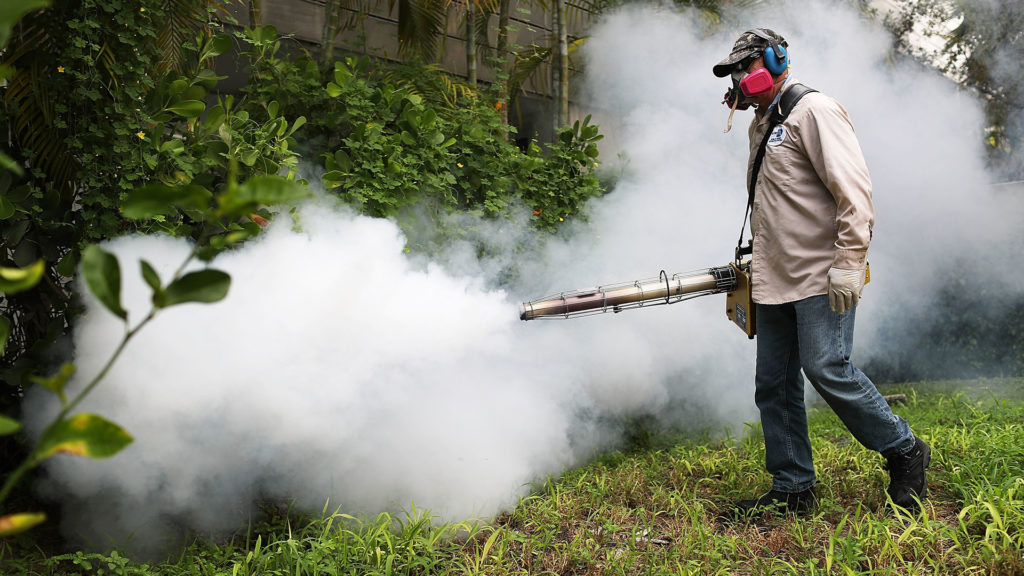

“Even at very brief exposures at extremely low doses, we observed a significant decrease in a bees’ cognitive functions, such as forgetting their homing route back to the hives,” said Hartmut Doebel, an assistant professor of biology at George Washington University. Other research suggests that the chemicals are also responsible for sub-lethal effects, such as impairing bee learning and memory-which affects a bee colony’s ability to forage for food. In April 2018, the European Union issued a ban on the three substances, except within closed greenhouses. The three primary chemicals used in seed coatings are imidacloprid (sold under the brand name Gaucho from Bayer AG), clothianidin (Poncho from Bayer/BASF), and thiamethoxam (Cruiser from Syngenta AG). He said only 5% of the chemical itself is actually taken up by the plant, leaving the remainder to leach into nearby streams, soil, and plants. Goulson also refutes the claim that neonics offer a more targeted application. “And we’re applying thousands of kilos of this stuff to the landscape all the time.” “One teaspoon of a neonicotinoid is enough to deliver a lethal dose to 1.25 billion honeybees,” said David Goulson, a professor at the University of Sussex and author of several books about bees. Unlike earlier generations of insecticides, neonics act systemically, meaning that once absorbed by the growing seed, the entire plant becomes toxic to insects, including beneficial ones such as bees and butterflies.

The use of so-called “neonics” took off in the late 1990s when chemical companies started using them as seed coatings to protect commodity crops like corn, soybeans, and cotton from early-season pests. “And it’s below ground, so there is less opportunity to interact with nontarget pests,” she said. In addition to being less toxic to mammals than many of the older organophosphate pesticides, seed treatments allow farmers to apply insecticides with a single, minuscule application, rather than multiple applications of a foliar spray, DeMarchi said. “When the neonicotinoids were introduced, they offered a less harsh product than many of the older chemistries, and we feel that they have lived up to that,” said Jane DeMarchi, vice president of government and regulatory affairs at the American Seed Trade Association. They say the increased use of pesticide seed treatments has actually allowed farmers to use fewer, and less toxic, chemicals than before. “If they don’t look at the neonics that are applied as seed coatings, they’re ignoring one of the primary routes for pesticides into the environment.”īut representatives for the crop seed industry remain unconvinced. “For instance, neonicotinoids are the most widely used class of insecticides in the world,” she said, referring to a type of pesticide implicated in declining pollinator populations. The Washington, D.C.-based advocacy group is among a chorus of critics who argue that the Environmental Protection Agency has incorrectly applied the treated-article exemption ( 40 CFR 152.25a) to seeds, allowing chemical companies to avoid a number of environmental safety and labeling rules required by the Federal Insecticide, Fungicide and Rodenticide Act (FIFRA).

“That exemption has had devastating consequences for the environment, and pollinators in particular,” said Amy van Saun, a senior attorney with the Center for Food Safety.
#IMAGES OF INSECTICIDES AND PESTICIDES HOW TO#
This issue of how to define a pesticide is at the center of a growing battle over a regulatory loophole that allows seeds coated with chemicals to be considered “treated articles,” rather than pesticides. However, if you take that same chemical and coat it on a seed, then plant that seed in the ground, it ceases to be pesticide-at least according to government regulators. If you apply a chemical to a field of crops, either from a sprayer towed behind a tractor or from above, by an aerial crop duster, that is considered a pesticide.


 0 kommentar(er)
0 kommentar(er)
